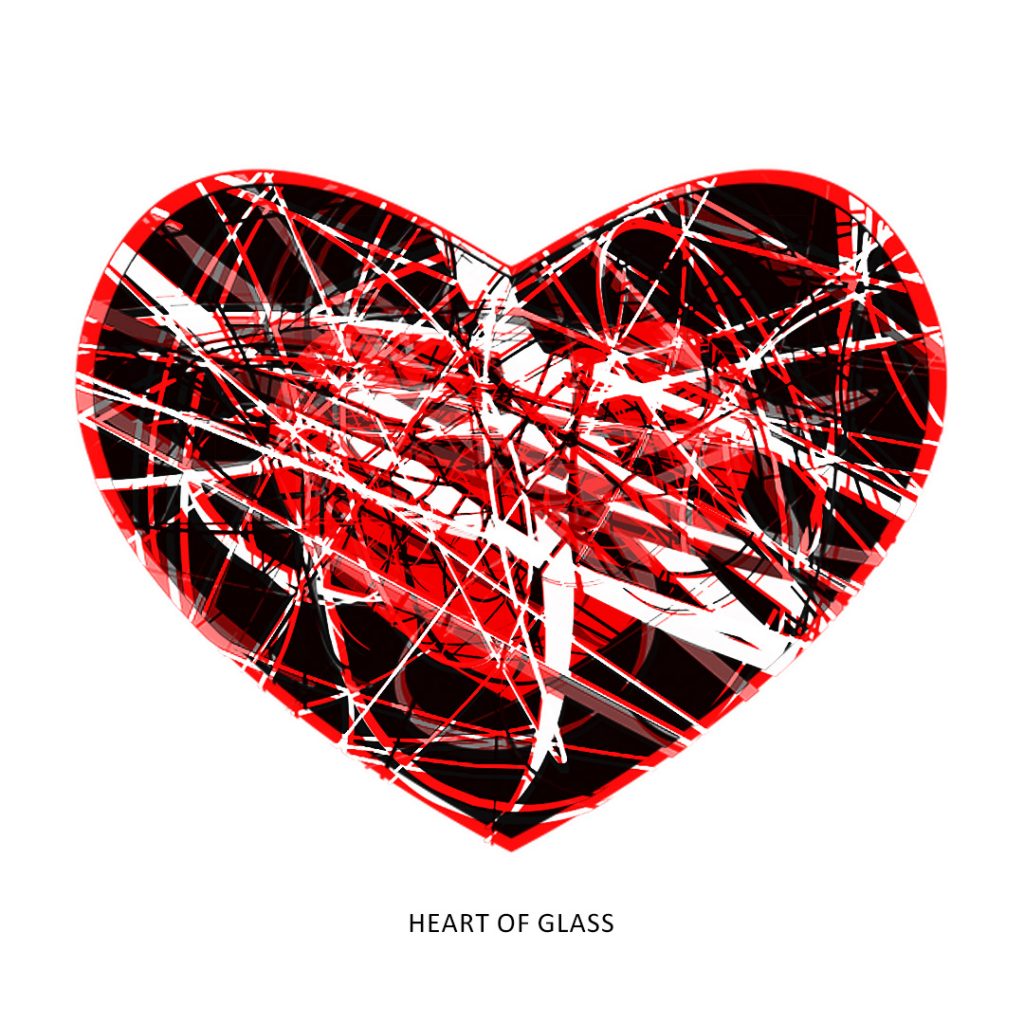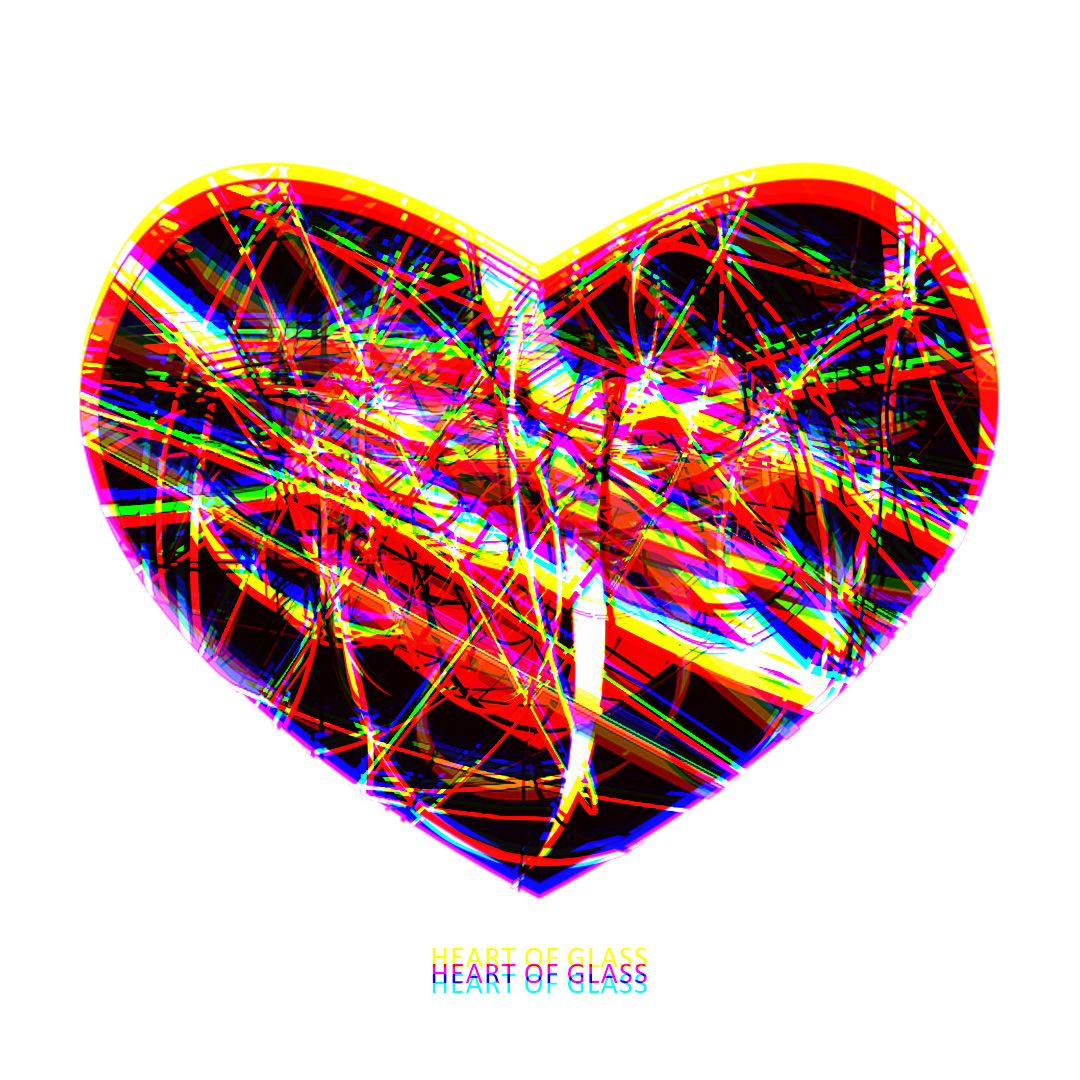Heart of Glass is a visual symphony that plays on the themes of fragility, perception, and transformation. At its core, this artwork presents a heart, once whole but now shattered into radiant shards. The fractured pieces glisten with vivid, electrifying colours—red, yellow, green, cyan, blue, and magenta—that burst forth like a spectrum of emotions. Each shard is a reflection of life, joy, love, and pain, representing the many facets of human experience. The heart, though broken, still retains its vibrancy and brilliance, as if the very act of shattering released something deeper, more primal and raw. The use of such a bold and striking colour palette symbolizes the intense emotions we often associate with love, passion, and loss.
What is immediately captivating about Heart of Glass is its interplay between light and form. The shards seem to capture and refract light, amplifying the visual intensity of the piece. The heart’s fragmentation mirrors the fragility of human connections and emotions, yet the brilliance of the colours suggests that even in brokenness, there is beauty. In this way, the artwork communicates a universal truth: that even when we are fractured, our light can shine through in unexpected and dazzling ways.
However, the true brilliance of Heart of Glass lies in its transformative nature. When viewed through a prism at the correct focal distance and angle, this vibrant kaleidoscope of colours collapses into a completely different visual experience. The vibrant reds, yellows, greens, cyans, blues, and magentas fade away, as if drained of life, leaving behind a stark and minimalistic palette of red, black, and white as shown below.

This sudden shift from exuberant colour to austere monochrome symbolizes a profound change in perception—a reminder of how fragile our emotional worlds can be, and how our view of reality can shift in an instant, depending on the lens through which we see it.
The red that remains in the prism’s view can be interpreted as the essence of passion, lingering even after everything else fades away. The black and white tones, meanwhile, reflect the emotional voids of loss and clarity that emerge when one looks beyond the surface. This transformation speaks to the duality of life: how something vibrant and full of life can also have a shadowy, muted side. The juxtaposition between the two states of the artwork—before and after the prism—serves as a metaphor for the dual nature of human emotions, where love and loss, passion and despair, are inextricably linked.
Heart of Glass encourages the viewer to engage with both the seen and unseen, to explore the depths beneath surface appearances. The act of seeing the heart through a prism is not just a visual experience but a philosophical one, forcing the viewer to confront the reality that perception is subjective and ever-changing. What is true in one moment can be entirely different in the next, depending on how we choose to view it.
In this way, the artwork becomes a meditation on the fragility of life and love, and the power of perspective. It invites the viewer to linger, to shift their gaze, to reflect on the tension between colour and absence, between wholeness and fragmentation. Heart of Glass is not just a static image; it is an ever-changing experience, a reminder that even in our most broken moments, there is a beauty to be found—if only we look at it through the right prism.
